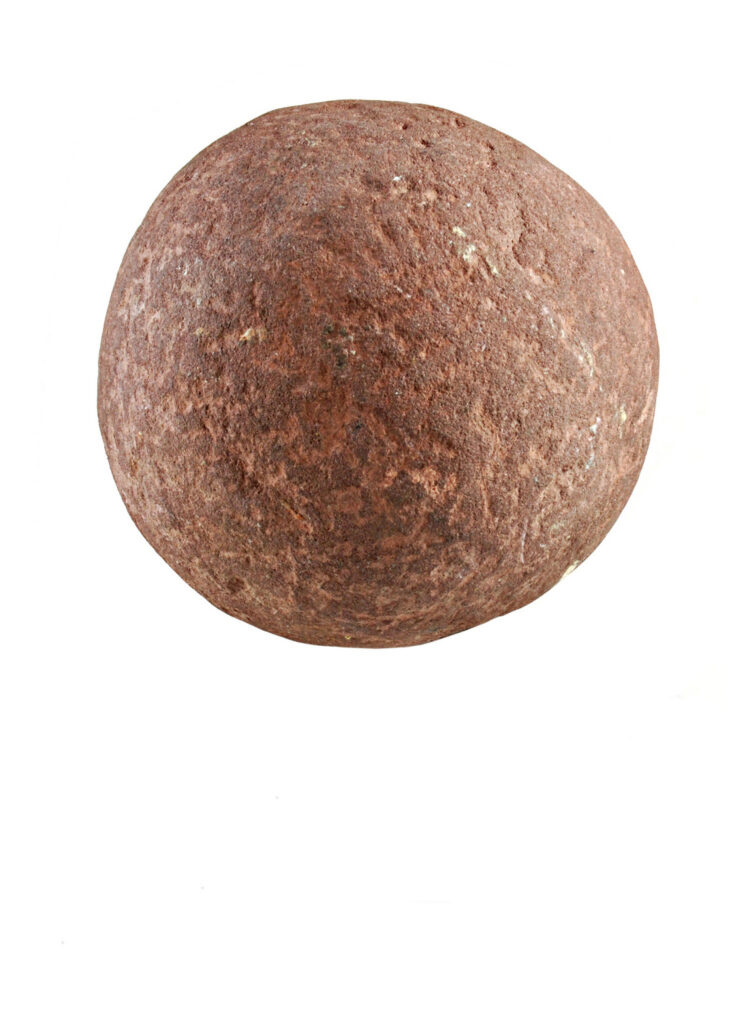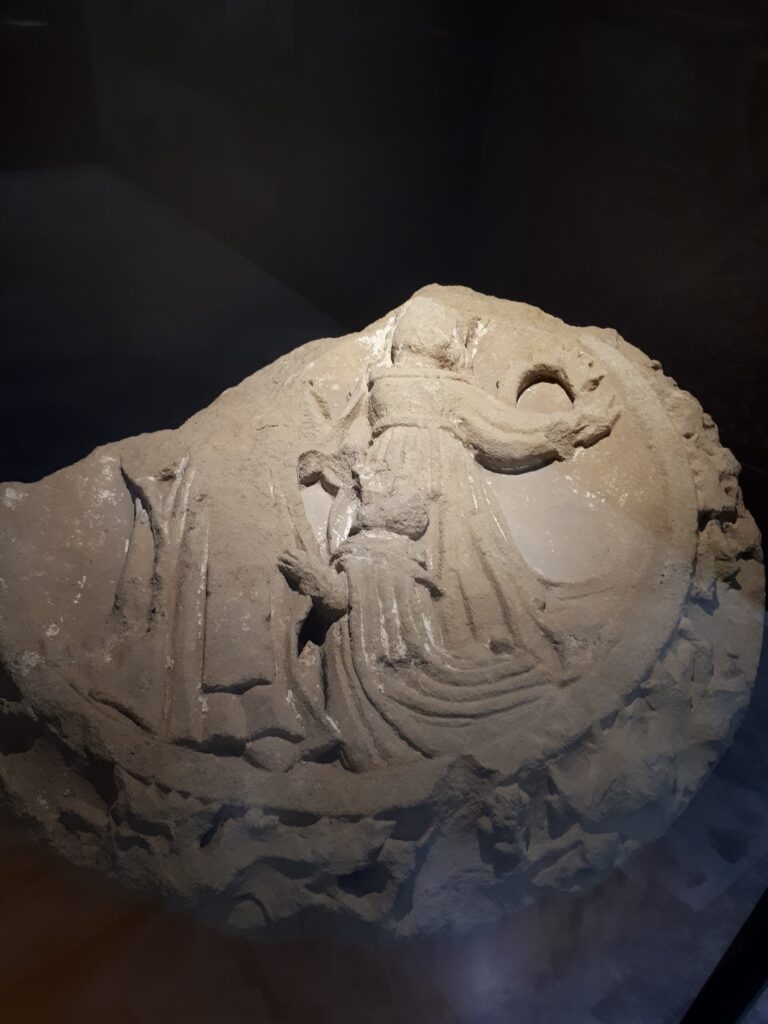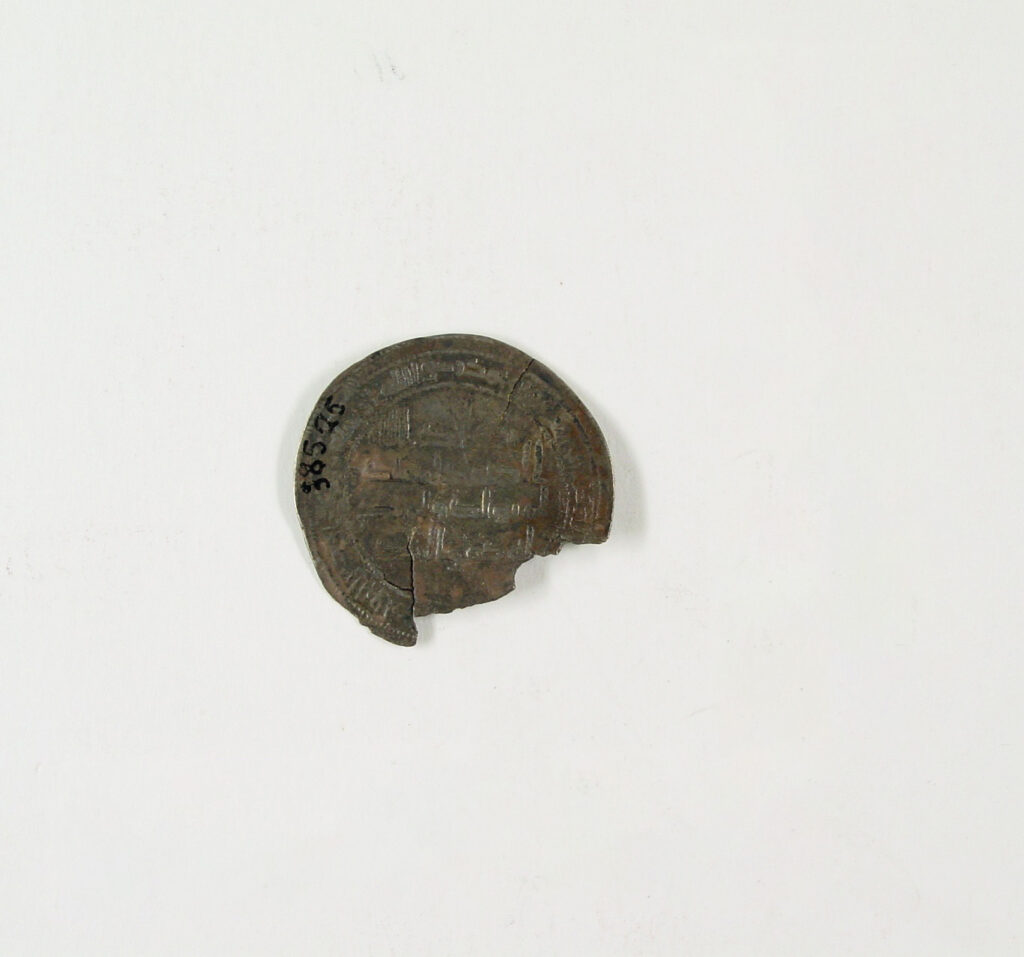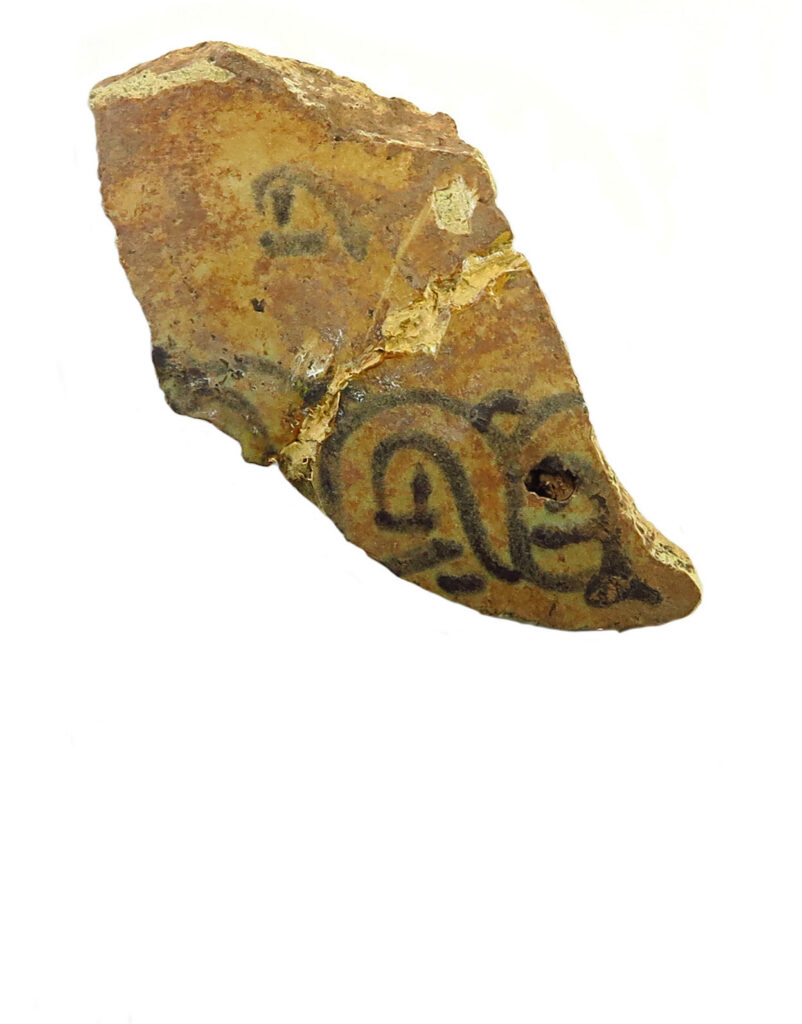- Object type
- capital
- Production date
- 911 / 937
- Fabric -
- Culture
- Medieval
- Discovery location
- Olèrdola. Església de Sant Miquel (sector 06)
- Materials
- limestone
- Township
- Olèrdola (Europa, Espanya, Catalunya, Barcelona, Alt Penedès)
- Technique
- sculpting, bevelling
- Where is it?
- Església de Sant Miquel
- Dimensions
- 900 x 580 x 580 mm






